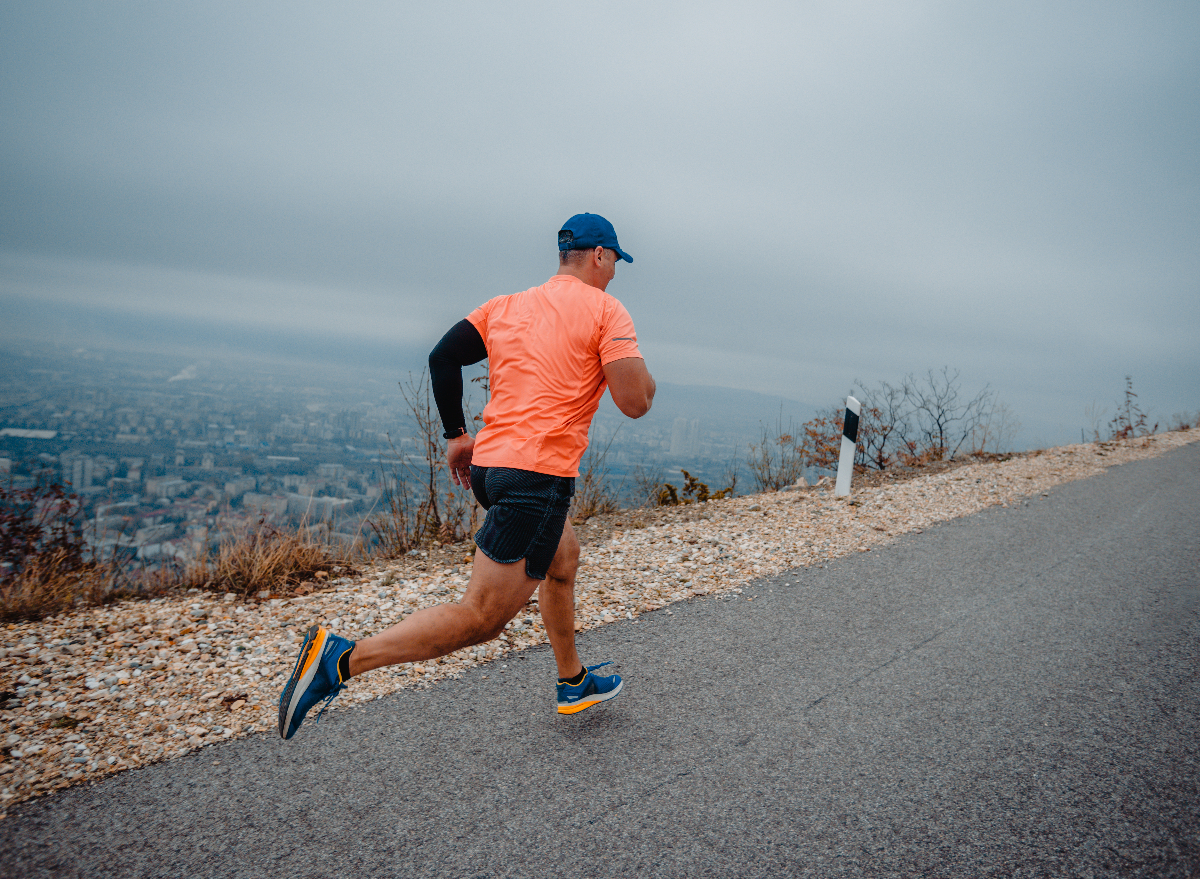Dominate Your Runs: Proven Strategies for Effective Running Workout
Managing Usual Running Discomforts: Causes, Solutions, and Prevention
As runners, we typically run into numerous discomforts that can impede our performance and pleasure of this physical activity. By checking out the root reasons for these running pains, we can uncover targeted solutions and preventive measures to guarantee a smoother and much more fulfilling running experience.
Common Running Pain: Shin Splints
Shin splints, a common running discomfort, commonly result from overuse or incorrect footwear throughout physical activity. The recurring stress and anxiety on the shinbone and the cells connecting the muscle mass to the bone leads to inflammation and pain.
To stop shin splints, individuals need to gradually enhance the strength of their workouts, use proper shoes with proper arch support, and preserve adaptability and strength in the muscle mass bordering the shin. If shin splints do take place, initial treatment entails rest, ice, compression, and elevation (RICE) Furthermore, including low-impact tasks like swimming or cycling can help preserve cardio health and fitness while allowing the shins to heal. Consistent or serious instances might call for medical assessment and physical therapy for efficient monitoring.
Common Running Pain: IT Band Syndrome
In addition to shin splints, another prevalent running pain that professional athletes commonly come across is IT Band Syndrome, a condition caused by swelling of the iliotibial band that runs along the external upper leg and knee. IT Band Disorder typically shows up as pain on the exterior of the knee, specifically during activities like running or cycling. The iliotibial band is a thick band of fascia that attaches the hip to the shin, and when it comes to be irritated or limited, it can scrub versus the thigh bone, causing pain and pain.
Joggers experiencing IT Band Disorder may observe a stinging or aching feeling on the external knee, which can intensify with ongoing task. Elements such as overuse, muscular tissue imbalances, incorrect running kind, or inadequate workout can add to the development of this condition.
Typical Running Discomfort: Plantar Fasciitis
:max_bytes(150000):strip_icc()/HIIT-treadmill-workout-promo-04629651f9fc4854a8afca1c29ba528a.jpg)
Plantar Fasciitis can be credited to various factors such as overtraining, incorrect shoes, operating on tough surface areas, or having high arcs or level feet. To stop and alleviate Plantar Fasciitis, runners can integrate stretching exercises for the calves and plantar fascia, wear helpful footwear, maintain a healthy weight to decrease stress More Info on the feet, and slowly enhance running intensity to avoid sudden stress on the plantar fascia. If symptoms persist, it is advised to consult a healthcare specialist for correct medical diagnosis and treatment options to address the condition properly.
Usual Running Pain: Jogger's Knee
After resolving the obstacles of Plantar Fasciitis, one more prevalent issue that joggers commonly deal with is Runner's Knee, a common running discomfort that can impede athletic efficiency and trigger discomfort throughout physical task. Runner's Knee, additionally called patellofemoral pain syndrome, shows up as pain around or behind the kneecap. This condition is usually credited to overuse, muscle inequalities, incorrect running techniques, or troubles with the positioning of the kneecap. Runners experiencing this discomfort may really feel a boring, hurting pain while running, going up or down stairways, or after prolonged durations of sitting. To stop Runner's Knee, it is crucial to include proper workout and cool-down routines, keep strong and well balanced leg muscles, put on appropriate shoes, and gradually boost running intensity. If signs persist, consulting from a medical care professional or a sporting activities medication expert is advised to diagnose the underlying reason and develop a tailored therapy strategy to minimize the discomfort and avoid more problems.
Usual Running Pain: Achilles Tendonitis
Typically afflicting runners, Achilles Tendonitis is a painful condition that affects the Achilles tendon, triggering pain and possible limitations in physical activity. The Achilles tendon is a thick band of tissue that links the calf muscular tissues to the heel bone, critical for activities like running, jumping, and walking - visit. Achilles Tendonitis commonly creates due to overuse, incorrect footwear, poor stretching, or sudden boosts in physical task
Symptoms of Achilles Tendonitis include pain and tightness along the ligament, specifically in the morning or after periods of lack of exercise, swelling that gets worse with activity, and possibly bone spurs in chronic situations. To avoid Achilles Tendonitis, it is essential to stretch properly previously and after running, use proper shoes with appropriate support, slowly enhance the intensity of exercise, and cross-train to reduce repetitive stress on the ligament. Therapy might include rest, ice, compression, elevation (RICE protocol), physical treatment, orthotics, and in serious cases, surgery. Early intervention and correct treatment are vital for handling Achilles Tendonitis efficiently and avoiding long-term difficulties.
Conclusion
